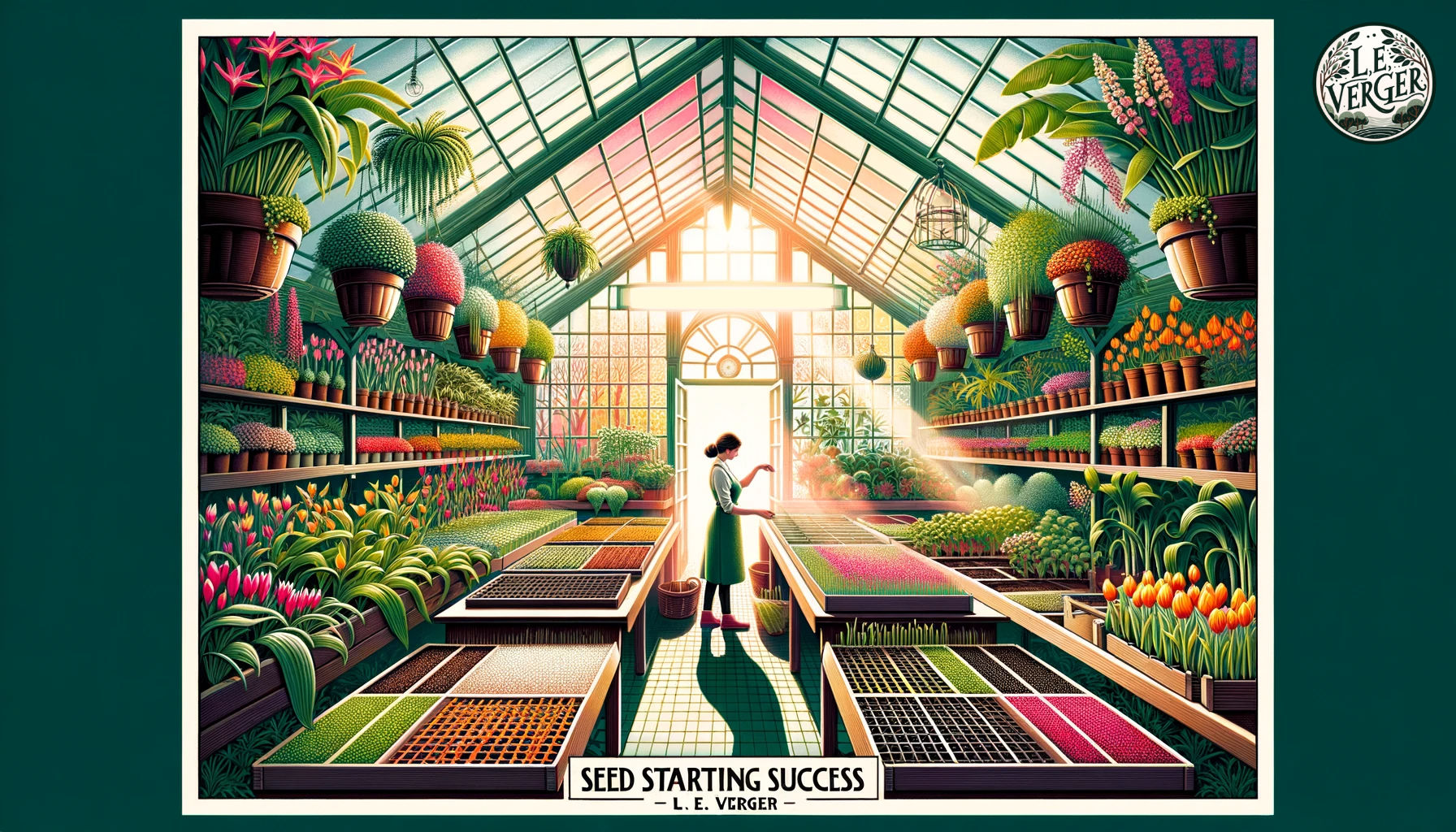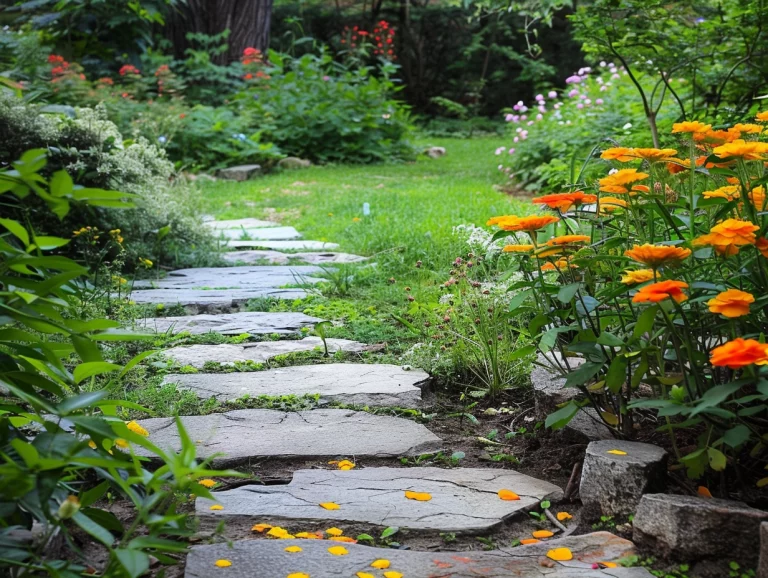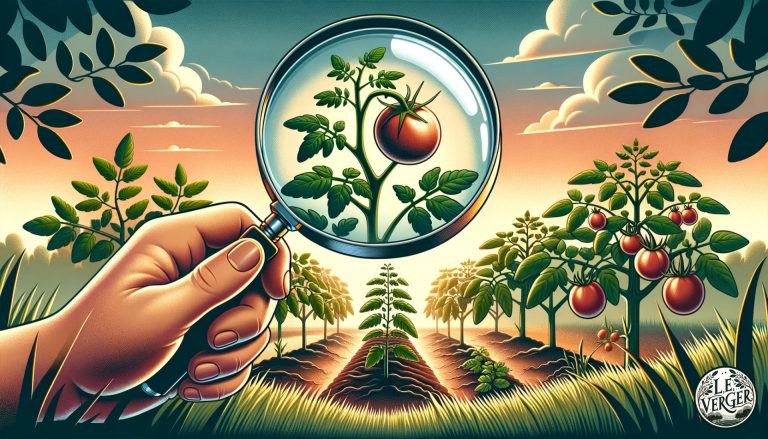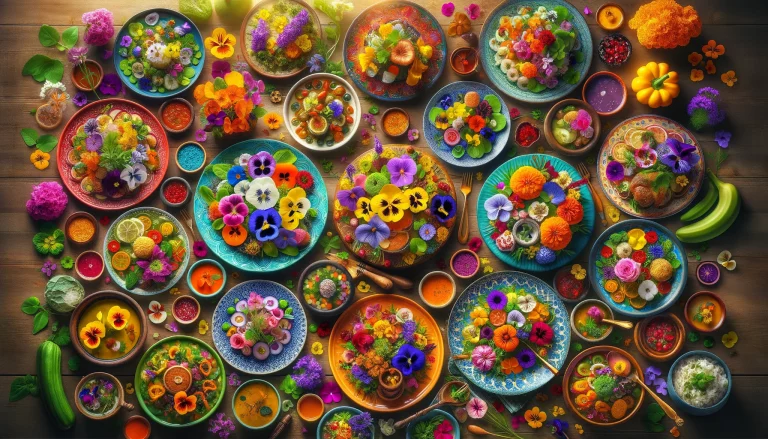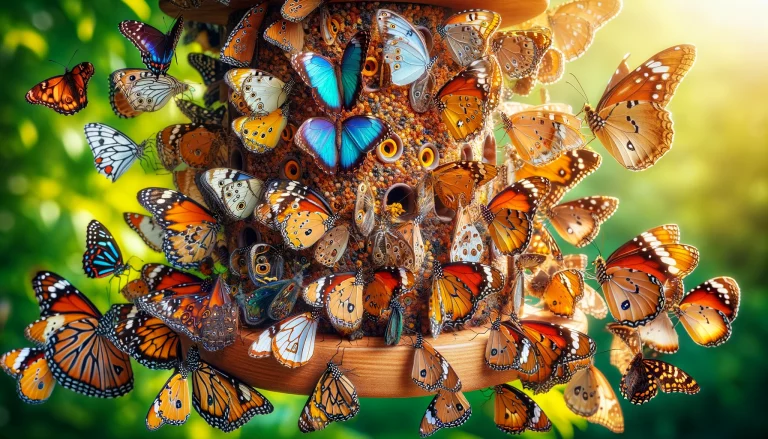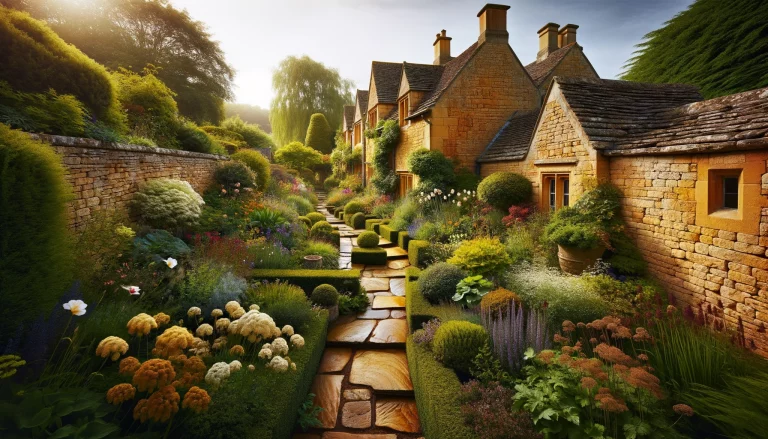Seed Starting Success: Tips for Germinating Your Garden
Embark on the rewarding journey of starting your own garden from seeds. Our guide demystifies the process, offering expert tips on germination, soil preparation, and plant care. Turn your green dreams into lush reality!
Are you eager to start your own garden? Seed starting is an exciting and rewarding way to grow your own plants from scratch. Whether you’re a seasoned gardener or a beginner, germinating your own seeds can be a fun and fulfilling experience. However, it can also be a bit intimidating if you’re new to the process. That’s why we’ve put together some tips to help you achieve seed-starting success.
Germination is the process of a seed developing into a plant, and it’s a crucial step in the seed starting process. While some seeds are easy to germinate, others can be more challenging. The good news is that with the right techniques and a bit of patience, you can increase your chances of success. In this article, we’ll cover some tips for successful seed germination, including choosing the right seeds, preparing your soil, and providing the right conditions for your seeds to thrive. By following these tips, you’ll be on your way to a bountiful garden in no time.
Understanding Seed Germination
The Science of Germination
Seed germination is the process by which a seed grows into a plant. It involves a series of complex biochemical reactions that are triggered by the right conditions. The process of germination begins when a seed absorbs water, which activates enzymes that break down stored food in the seed. This food provides the energy and nutrients that the plant needs to grow.
The process of germination is affected by several factors, including water, temperature, moisture, light, and soil temperature. Seeds require a certain amount of moisture to germinate, but too much water can lead to rotting. The ideal temperature for germination varies depending on the plant species, but most seeds germinate best in temperatures between 18-24°C. Light is also an important factor, as some seeds require light to germinate, while others need darkness.
Factors Affecting Germination
The success of seed germination depends on several factors, including the quality of the seed, the soil temperature, and the amount of moisture and light that the seed receives.
Soil temperature plays a crucial role in seed germination. If the soil is too cold, the seed may not germinate at all. On the other hand, if the soil is too warm, the seed may dry out and die. It is important to maintain the right soil temperature for the specific seed being planted.
Moisture is also important for seed germination. Seeds need to be moist but not overly wet to germinate. Too much moisture can lead to rotting, while too little moisture can prevent germination.
Light is another important factor that affects seed germination. Some seeds require light to germinate, while others need darkness. It is important to read the seed packet to determine the specific light requirements for the seed being planted.
In summary, understanding the science of seed germination and the factors that affect it can help you achieve seed starting success. By providing the right conditions of moisture, temperature, and light, you can ensure that your seeds germinate and grow into healthy plants.
Choosing the Right Seeds
When it comes to starting a garden, selecting the right seeds is crucial. Here are some tips to help you choose the best seeds for your vegetable garden.
Reading Seed Packets
Before purchasing seeds, it’s important to read the seed packet carefully. The packet will provide important information about the seeds, such as their maturity date, the amount of light and water they need, and their ideal planting depth. Make sure to pay attention to the information on the packet to ensure that you are selecting seeds that will thrive in your garden.
Selecting Vegetable Varieties
When selecting vegetable varieties, consider the climate in your area and the amount of space you have available in your garden. Some vegetables, such as lettuce, peppers, broccoli, eggplant, beets, carrots, cucumbers, cabbage, and melons, are available in a variety of different varieties. Each variety will have its own unique characteristics, such as flavour, colour, and size. Consider what you want to grow and what will work best in your garden.
It’s also important to consider the maturity date of the vegetables you want to grow. Some vegetables, such as lettuce, can be harvested in as little as 30 days, while others, such as tomatoes, can take up to 100 days to mature. Make sure to choose vegetables that will mature in time for your growing season.
By selecting the right seeds for your garden, you can increase your chances of a successful harvest. Take the time to read seed packets and choose the right vegetable varieties for your garden.
Seed Starting Indoors
Starting seeds indoors is a great way to get a head start on your garden. Here are some tips to help ensure your seed starting success.
Preparing Your Containers
First, choose the right containers for your seeds. Small pots or a seed starting tray are ideal. Make sure your containers have drainage holes to prevent water from accumulating and causing root rot. You can also make your own containers using recycled materials like egg cartons or toilet paper rolls.
The Right Growing Medium
Use a seed-starting mix or potting soil to fill your containers. These mixes provide the right balance of nutrients, moisture, and drainage for your seeds. Avoid using garden soil, as it can contain weed seeds and pathogens that can harm your seedlings.
Light and Temperature Control
Light and temperature are crucial for seed starting success. Most seeds need temperatures between 18-24°C to germinate. You can use a heat mat to provide consistent warmth, and a grow light to provide the right amount of light. Place your containers near a south-facing window or under a grow light for 12-16 hours a day.
Watering and Nutrient Requirements
Water your seeds regularly, but be careful not to overwater. Use a watering can with a fine spray to avoid disturbing the soil. Once your seeds have sprouted, fertilise them with a balanced liquid fertiliser every two weeks.
Transplanting Seedlings
Once your seedlings have grown their first true leaves, it’s time to transplant them into larger containers. Use a potting mix with added compost and transplant your seedlings carefully to avoid damaging their roots. Make sure to space your plants according to their needs to ensure they have enough room to grow.
Starting seeds indoors can be a rewarding experience, and with the right tools and techniques, you can ensure seed starting success.
Seed Sowing Outdoors
When it comes to starting your garden from seeds, sowing them outdoors is a great option. This method can save you time and effort, and it can also help your plants adapt better to their natural environment. Here are some tips to help you succeed with outdoor seed sowing.
Understanding Your Growing Zone
Before you start sowing your seeds, it’s important to know your growing zone. This will help you determine the best time to sow your seeds and the types of plants that will thrive in your area. You can find your growing zone by checking the last frost date for your area and referring to a zone map.
Direct Sowing Techniques
Direct sowing is the process of sowing seeds directly into the ground where they will grow. This technique is ideal for plants that don’t transplant well or for gardeners who want to save time and effort. To direct sow your seeds, follow these steps:
- Prepare your soil by removing weeds, rocks, and debris. Loosen the soil and add compost or other organic matter to improve its texture and fertility.
- Sow your seeds at the appropriate depth and spacing, as indicated on the seed packet. Cover the seeds with soil and water them gently.
- Protect your seeds from pests and other threats by covering them with netting or using slug repellents.
Caring for Your Outdoor Garden
Once your seeds have germinated, it’s important to care for your outdoor garden properly. Here are some tips to help you succeed:
- Water your plants regularly, especially during dry spells. Be careful not to overwater them, as this can lead to root rot and other problems.
- Keep your garden free of weeds by pulling them as soon as you spot them. This will help your plants grow stronger and healthier.
- Protect your plants from pests and other threats by using netting or other barriers. You can also use organic pest control methods, such as companion planting or natural predators.
By following these tips, you can enjoy a successful outdoor garden that’s filled with healthy, vibrant plants.
Dealing with Common Seed Starting Problems
Starting seeds can be a tricky process, and there are a number of common problems that can prevent your seeds from germinating properly. Here are some tips to help you avoid these issues and achieve seed starting success.
Preventing Damping Off
Damping off is a fungal disease that can kill seedlings before they have a chance to grow. To prevent damping off, make sure that your seedlings are not overcrowded and that you are using clean, sterile soil. You can also try watering from the bottom to avoid getting the soil too wet, and using a humidity dome to keep the soil moist without overwatering.
Pest Control
Pests can be a major problem for seedlings, and they can quickly destroy your entire crop if left unchecked. To control pests, keep your seedlings clean and free of debris, and remove any dead or damaged leaves. You can also try using natural pest control methods, such as introducing beneficial insects or using neem oil.
Understanding Scarification and Stratification
Some seeds require scarification or stratification to germinate properly. Scarification involves breaking or weakening the seed coat to allow water to penetrate, while stratification involves exposing the seeds to cold temperatures to simulate winter conditions. Make sure to research the specific requirements for the seeds you are planting to ensure that they will germinate properly.
By following these tips and taking the necessary precautions, you can avoid common seed starting problems and give your seedlings the best chance of success. Keep an eye out for weeds, slugs, and other potential issues, and be prepared to adjust your approach as needed to ensure that your seeds germinate and grow into healthy plants.
Tips for Successful Seed Starting
Starting your own seeds is a cost-effective way to grow your garden. It can also be a fun and rewarding experience. Here are some tips to ensure your seed starting success:
1. Choose the Right Seeds
When selecting seeds, choose varieties that are well-suited to your growing conditions. Consider factors such as your climate, soil type, and the amount of sunlight your garden receives. You can find this information on the seed packet or by doing some research online.
2. Use Quality Soil
Use a high-quality seed starting mix to ensure your seeds have the best chance of germinating. Avoid using garden soil, which can be too heavy and may contain weed seeds and other contaminants.
3. Provide Adequate Light
Most seeds require plenty of light to germinate and grow. If you don’t have a sunny windowsill, consider using grow lights. Position the lights a few inches above the seedlings and keep them on for 12-16 hours per day.
4. Keep Soil Moist but Not Wet
Seeds need to be kept moist to germinate, but too much water can lead to rot and other problems. Water your seeds gently and regularly, but avoid overwatering.
5. Maintain Proper Temperature
Different seeds have different temperature requirements for germination. Check the seed packet or do some research to find out the ideal temperature range for your seeds. Keep the seeds in a warm place, such as on top of a refrigerator or near a heat source, to help them germinate.
6. Thin Seedlings
Once your seedlings have sprouted, thin them out so they have enough space to grow. Crowded seedlings can lead to weak plants and poor yields. Use scissors to snip off the weakest seedlings at soil level.
7. Harden Off Seedlings
Before transplanting your seedlings into the garden, they need to be hardened off. This means gradually exposing them to outdoor conditions, such as wind and sun, over a period of several days. Start by placing them outside for a few hours each day and gradually increase the time.
By following these tips, you can increase your chances of seed starting success and enjoy a bountiful garden.
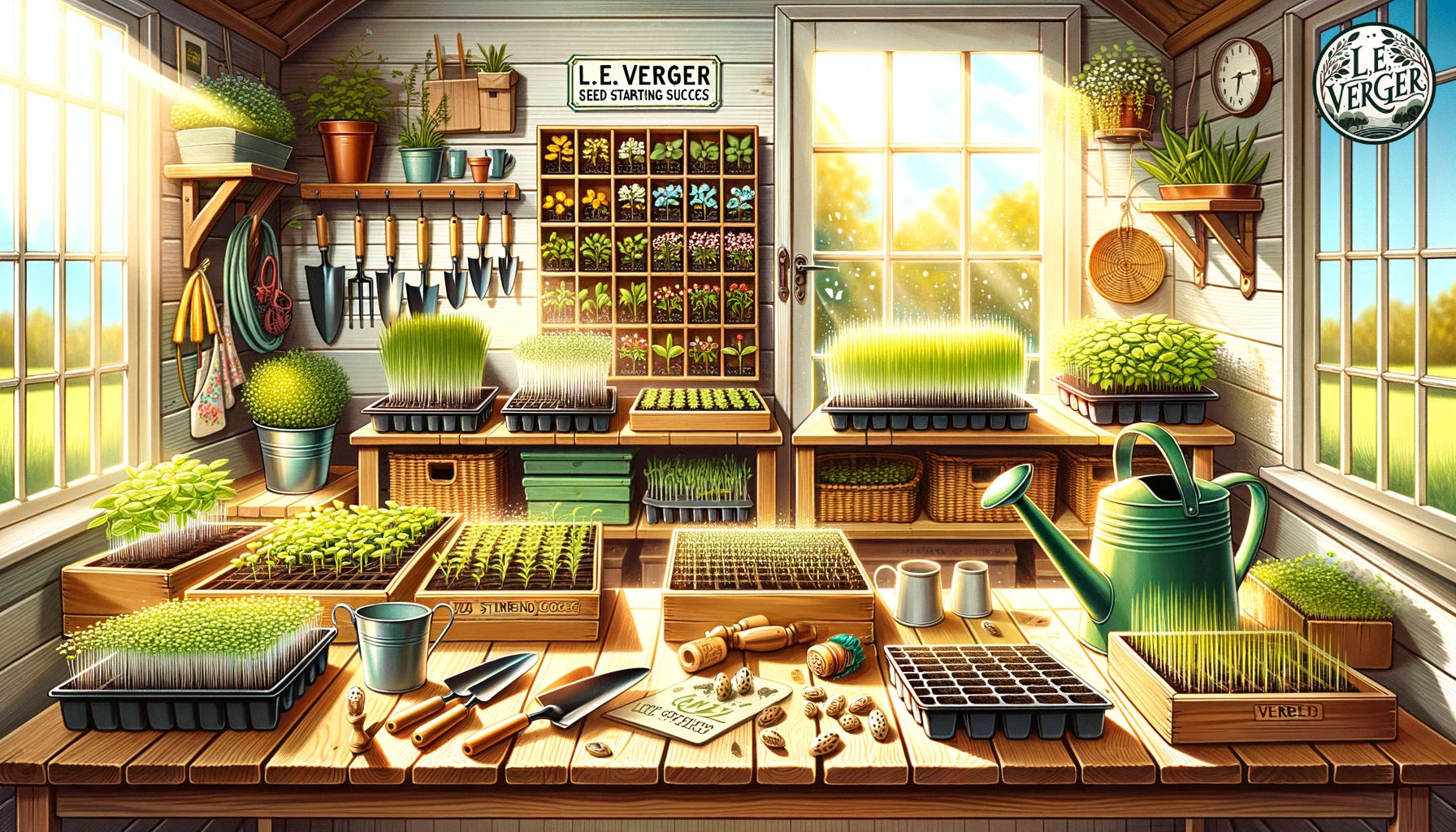
Frequently Asked Questions
What are some tips for successful seed germination?
To ensure successful seed germination, it’s important to keep the seeds moist but not waterlogged. You can achieve this by misting the soil regularly or covering the seed trays with plastic wrap until the seeds sprout. Additionally, providing adequate warmth, light, and ventilation can help the seeds germinate faster.
How do I choose the right seed starting mix?
Choosing the right seed starting mix is crucial for successful germination. A good seed starting mix should be lightweight, well-draining, and sterile to prevent the growth of harmful bacteria and fungi. You can either purchase a pre-made seed starting mix or make your own by mixing peat moss, vermiculite, and perlite in equal parts.
What is the process for growing plants from seeds?
To grow plants from seeds, you’ll need to start by germinating the seeds in a seed starting mix. Once the seeds have sprouted, you can transplant them into larger containers or directly into your garden bed. Make sure to water the plants regularly and provide adequate light, warmth, and ventilation to promote healthy growth.
What are some common mistakes to avoid when germinating seeds?
Common mistakes to avoid when germinating seeds include over-watering, under-watering, using old or low-quality seeds, and exposing the seeds to extreme temperatures or direct sunlight. It’s also important to avoid overcrowding the seed trays, as this can lead to poor air circulation and the spread of disease.
How do I prepare seed starting trays?
To prepare seed starting trays, start by filling them with a good quality seed starting mix. Make sure to moisten the mix before planting the seeds. You can then use a dibber or your finger to create small holes in the soil for the seeds. Once the seeds are planted, cover the trays with plastic wrap or a humidity dome to keep the soil moist until the seeds sprout.
What are some effective ways to help seeds germinate?
Effective ways to help seeds germinate include providing adequate warmth, light, and ventilation, as well as keeping the soil moist but not waterlogged. You can also use bottom heat to encourage germination, either by placing the seed trays on a heat mat or on top of a warm appliance like a refrigerator.

